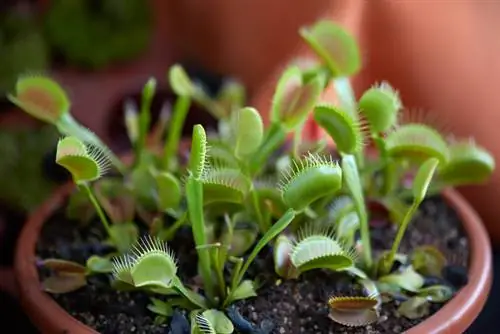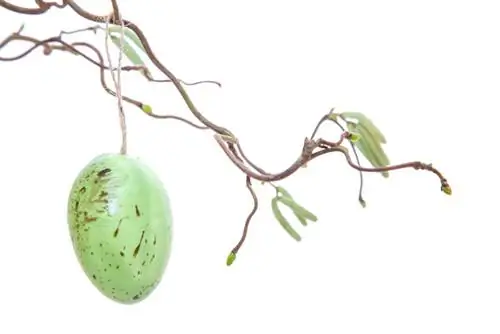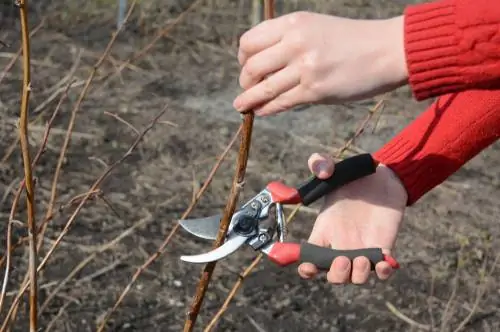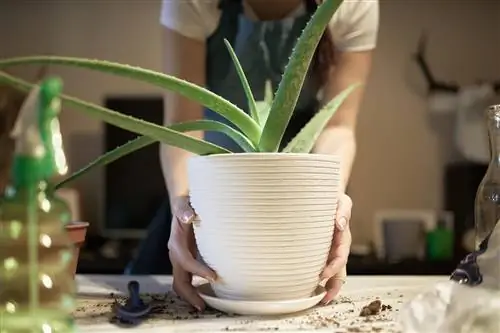- Author admin [email protected].
- Public 2023-12-16 16:46.
- Last modified 2025-01-23 11:20.
A Venus flytrap does not develop a very strong root system. Nevertheless, the pot should be sufficiently large so that waterlogging is avoided and the plant has space to spread. The right planter for Venus flytraps.
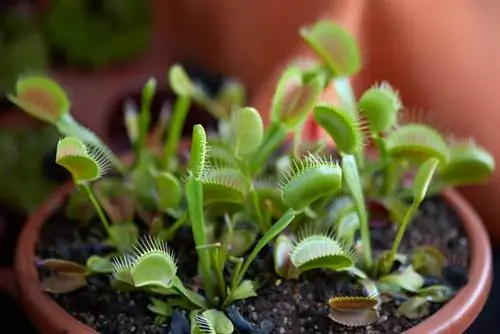
Which pot is suitable for a Venus flytrap?
The ideal pot for a Venus flytrap has a diameter that matches the height of the plant and is deep enough for drainage. Use special carnivore substrate or lightly fertilized orchid soil. Place the pot in a saucer with rainwater and avoid strong temperature fluctuations.
This is how big the pot should be for a Venus flytrap
The ideal pot for a Venus flytrap has a diameter that corresponds to the height of the plant. It can also be a little bigger.
The depth should be such that you can add drainage at the bottom. The pot also needs at least one large or several small drainage holes to ensure the water supply.
Pots made of water-absorbing materials such as clay must be watered well before planting so that they do not remove moisture from the substrate.
Which substrate is suitable?
You should never use simple garden soil to fill the pot, as it contains too many nutrients and is not airy enough.
Special planting substrates for carnivores, such as the Venus flytrap, are available from specialist retailers. You can also use orchid soil, but it must only be lightly fertilized.
Experts put together their own planting substrate. Main components are:
- Peat (white peat)
- peat moss
- Quark sand
- expanded clay
- Styrofoam balls
Create drainage
Venus fly plants like it moist, but they don't like having their roots directly in water. Therefore, create drainage made of pebbles or coarse sand in the lower part of the pot.
Place pot in saucer
Place the pot in a saucer. Add rainwater here until the water level is one or two centimeters high. Once the water has been absorbed, wait two days and then water again.
Ensure that the humidity is sufficiently high. It should be constant between 40 and 60 degrees.
Avoid strong temperature fluctuations. A draughty place is unfavorable because it quickly gets too cold here. In summer you can also take the Venus flytrap outside if you slowly get the plant used to it.
Tip
Caution is advised when breeding a Venus flytrap in a terrarium. Direct sunlight creates very high temperatures, which drop sharply over the course of the night. A Venus flytrap doesn't like fluctuating temperatures at all.

